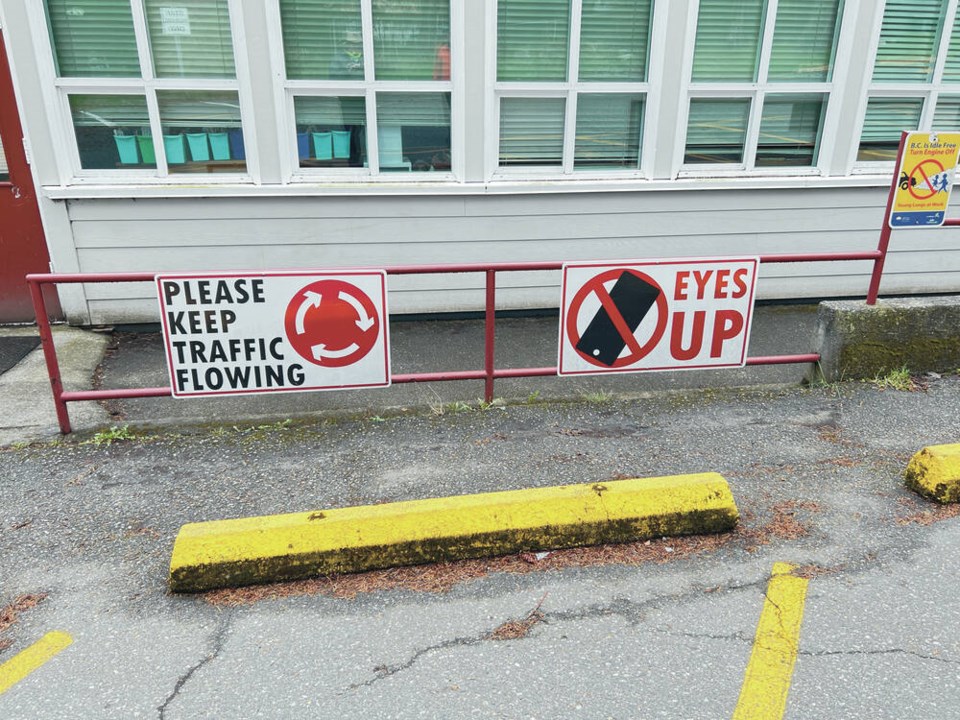When, as a school district administrator, I was asked “Are there drugs in the local high school?” my Socratic response, absent any attempt to be evasive, was “Are there drugs in the community?”
It should be cast in stone that whatever exists in the community to which the community chooses to turn a blind eye — be it open air drug use, petty crime, violence, distrust of the police, racism or gang related activity — those activities and attitudes are likely to find their way into the schools.
Schools play an integral role in every community. Since children eventually grow up to become members of those same communities, it stands to reason that they will, even at a relatively early age, adopt the values, beliefs and mind-sets of the community.
But for the sake of this column let’s set aside everyday observable street use of hard drugs (in the case of one school district I know of, it’s about 100 metres from an elementary and a middle school) and take a look at growing South Island school-based gang activity which has been much in the news of late.
The proliferation of general information is unlikely to solve the problem but it’s a start.
“Understanding Youth and Gangs” is a Ministry of Education policy statement which defines a gang as consisting of anti-social youth coming together to engage in criminal behaviour to enhance their reputations, claim territory or seek financial gain.
In B.C., half of the gang members are under the age of 33, and some as young as 15.
The document recommends that teachers and school authorities take on the responsibilities of gaining a better understanding of gangs by, among other things, recognizing warning signs of gang involvement.
There are a number of similar documents, usually titled with some variation of “Stopping Violence in Schools: A Guide for Teachers,” which advise teachers that “violence that occurs outside of the school environment, such as gang violence, political conflict, police brutality and domestic violence is often reproduced in the school environment,” the inference being that teachers should be actively involved in doing something about this..
However, the B.C. School Act at 17 (1) defines a teacher’s responsibilities as “designing, supervising and assessing educational programs and instructing, assessing and evaluating individual students and groups of students.”
There is no mention of policing duties in any teacher contract that I know of — nor should there be.
Nonetheless, echoing concerns recently expressed by South Island school and district administrators along with police authorities, the “Stopping Violence Guide” acknowledges what those nearest to the school violence problem have been warning their political masters: “gang violence in schools includes beatings, stabbings and shootings, and tends to be more severe, even deadly, compared to other forms of violence in schools, especially when associated with the trafficking of illicit drugs.”
O.K. Geoff, you were in public education for 37 years — enough describing the problem, what’s your suggestion?
It’s not complicated: the kind of leadership from “those above” should/could enable more effective day to day face to face inter-agency cooperation — this based on based on trust between those who are in a position to make a difference.
I suggest this based on the experience being an one-time principal of an inner-city multi-racial 450 student K-7 school in a high-density urban setting.
Many of the families consisted of one parent and two or more kids. The other parent was almost always absent at the pleasure of Her Majesty.
I met once a week with the school police-liaison officer, the local social worker, and sometimes the student’s teacher and we’d devise an approach to a particular student who, one or more of us thought, was in process of becoming a full-fledged juvenile delinquent.
It was through this exchange of point-of- view information, experience and opinion that we were able to devise a strategy which might get the kid under discussion back on track.
At the time I’d hear, every now and then, from a parent, recently released from custody, who came to thank the school and staff for their intervention with their offspring.
The point of all this is that it’s too late by the time there are headlines like “Schools warn families in Saanich of youth gang crime as summer break nears” or “B.C. Education Ministry wants school gang, gun violence assessments.”
As writer Karen Lamb, author of The Mooncatcher’s Rescue famously said: “A year from now you may wish you had started today.”
Geoff Johnson is a former superintendent of schools.
>>> To comment on this article, write a letter to the editor: [email protected]



